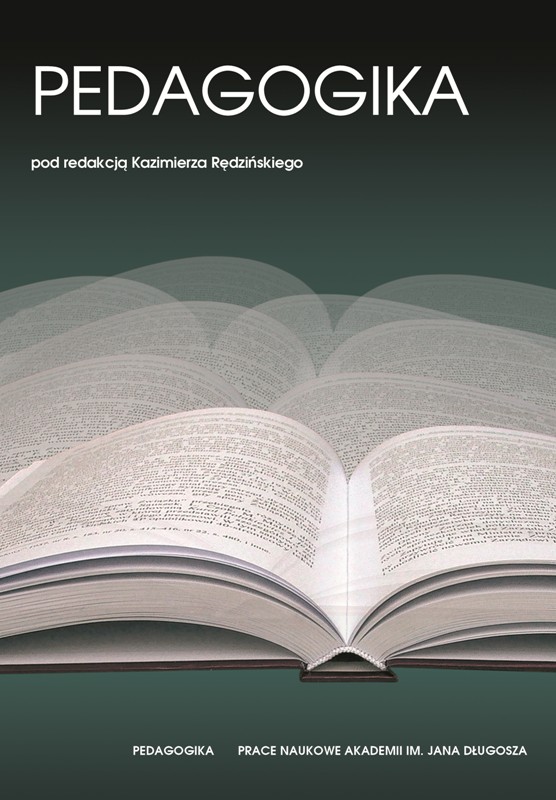Działalność opiekuńcza na ziemiach polskich w XIX wieku na przykładzie Towarzystw Dobroczynności Wileńskiego i Warszawskiego
Welfare Activities on the Polish Territory in the 19th century – with regard to Vilnius and Warsaw Charitable Societies
Author(s): Hanna MarkiewiczSubject(s): History, Education
Published by: Uniwersytet Jana Długosza w Częstochowie
Keywords: care; charity; help; nurseries; orphans; the elderly; the poor
Summary/Abstract: Charitable societies founded in the 19th century on the Polish territory continued with the church tradition in that they helped the needy: the poor, the disabled, the elderly as well as the orphans. The first Charitable Society in Vilnius came into being in 1807 and provided both financial and medical support. Fr. Jan Niepomucen Kossakowski, together with Professor Jozef Frank initiated welfare support by building the House for the Poor and the Orphans, the infirmary, funding medication for the poor, creating the Vaccination Institute, among other things, where all willing, especially children and pregnant women, were immunised against smallpox. An innovative project by J. Frank was the establishment of the Institute for Motherhood where women could give birth under the supervision of medical staff. Next to the Vilnius Institute was a factory employing poor people willing to take up employment there. Those people were producing the necessities for the Institute’s pupils and any surplus was sold off thus raising funds to support the elderly and the orphans. Financial running of the Society was based on the membership contributions, social donations and the support from the Tsarist family. The Society was a model for the Warsaw Charitable Society founded in 1814 on the initiative of Zofia Zamoyska. Following the example of Vilnius Charitable Society their members organised the working of the Institute on a similar basis, using similar forms of operation, i.e. feeding the hungry, looking after the orphans and their education, medical help, etc. New method of care introduced by the Warsaw Society was the creation of nurseries which was met with approval of the community, especially when the women were facing the necessity to take up employment. Other forms of support were the sewing works where young girls were learning simple sewing techniques as well as housework. By opening credit unions with penny accounts and savings accounts the idea of saving was being promoted. In both Vilnius and Warsaw institutions the pastoral care was provided by the priests while the moral education of the pupils was watched over by the nuns, Mariavite sisters and “the Grey Sisters”.
Journal: Pedagogika. Studia i Rozprawy
- Issue Year: 1/2016
- Issue No: 25
- Page Range: 635-644
- Page Count: 10
- Language: Polish

